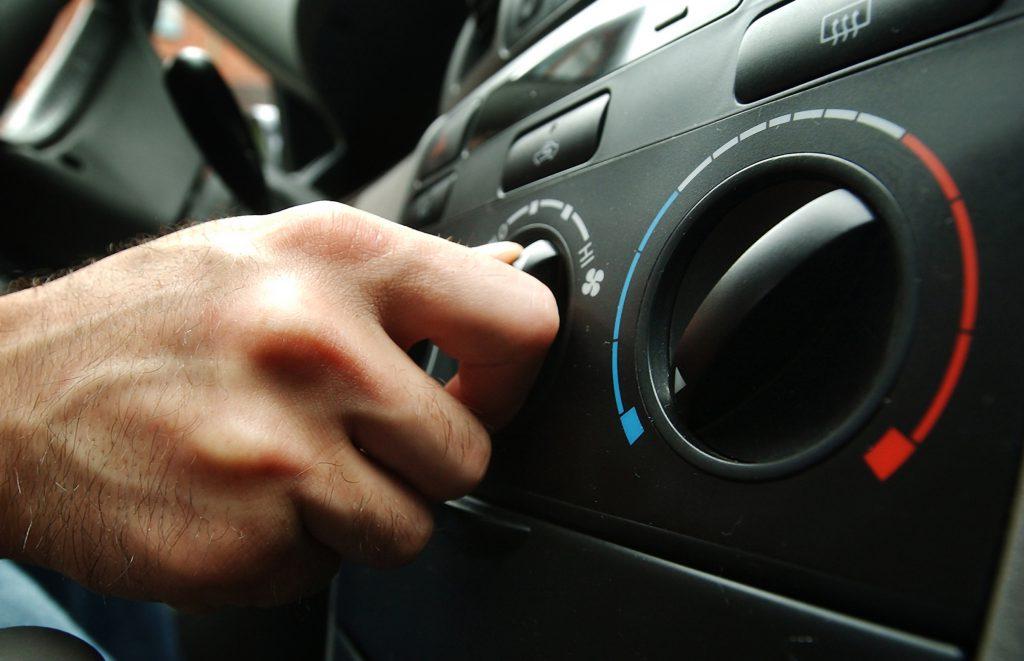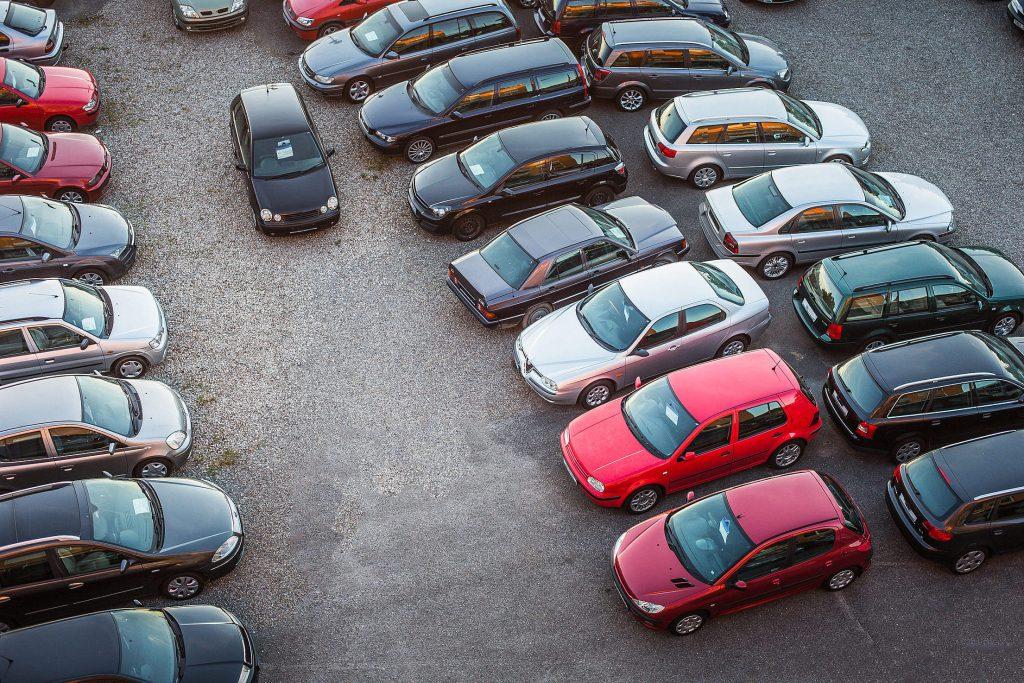Does Car Color Affect The Fuel Consumption? Conceptions and Facts
Car color and its influence on fuel consumption, sounds weird, right? People look for ways to increase their fuel efficiency but who would have thought that just a simple car color is enough to make a difference. If you are still contemplating “Does car color affect the fuel consumption”, you have landed at the right place. The following section would do the needful in answering all that has been messing up your head.
Does Car Color Affect the Fuel Consumption- Myth or a Fact
Fuel efficiency is important both for reducing emissions and increasing the car’s overall performance. But is it really the color that can affect how much fuel is consumed? Read on, and find out theories that have put some light on the same.
1. Reflection and Absorption
A study has revealed that a cooler colored car is at least 2% more fuel efficient than a darker colored car. This theory is based on reflection and absorption. A cooler colored car is capable of reflecting about 60% of sun rays that fall on it while a darker colored car can only reflect about 5%. Huge difference, eh?
This reflection percentage further decides how much air conditioning is required to cool the car, thus comes in, fuel consumption. A high reflection percentage implies low air conditioning while a low reflection percentage implies high air conditioning.
SEE MORE:
2. The Temperature Variations
A research was conducted on the silver and a black car, where both of them were made to park in scorching heat. The shell of both the cars had a solar reflectance of 0.05 and 0.58, respectively. It was found that the silver car’s roof was 450 F cooler than the black one. Moreover, the cabin air of the silver car was found to be 100F cooler. A further analysis was conducted that revealed that a silver car would require 13% less air conditioning than what a black one would require.

Thus, the explanation to “does car color affect the fuel consumption”. Yes, it does, as lesser the air conditioning more the fuel efficiency and vice versa. Also, you would be surprised to know that a cooler colored car holds the power to reduce carbon dioxide emission by 1.9% that further helps in fulfilling the bigger motive i.e. betterment of the climate.
3. The Color Games
In simple words, a cooler colored car such as white or silver would require less air conditioning, thus lessened load on the engine. And, on the other hand, a dark-colored car requires more air conditioning, thus more load on the engine. This scenario can be explained based on a simple theory related to the home roofs.
If you have a white colored roof, your home would require less air conditioning and the interiors would stay cool. Contrary to the dark-colored roofs that would absorb heat and thus increase overall electricity consumption. Go through maintenance tips to learn more about how AC can affect fuel efficiency.

Conclusion
“Does car color affect the fuel consumption” may not seem difficult to answer now. Having known the science behind cooler and darker colored cars, make a considerable choice for your betterment as well as the environment the next time you buy a car. Also, prefer parking your cars in the shade in summers no matter what is the color of your car.














